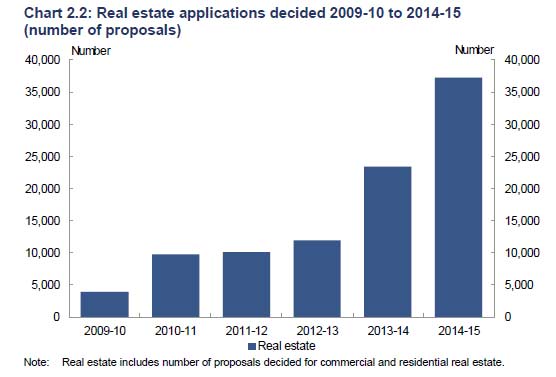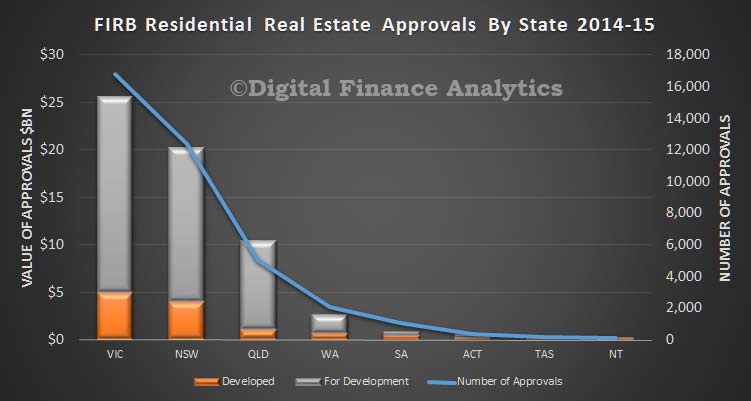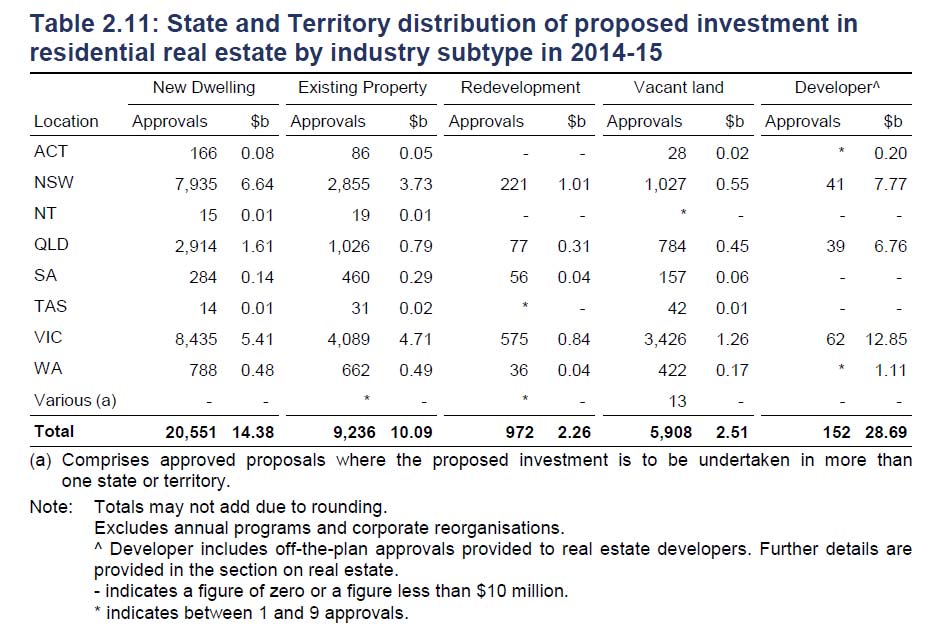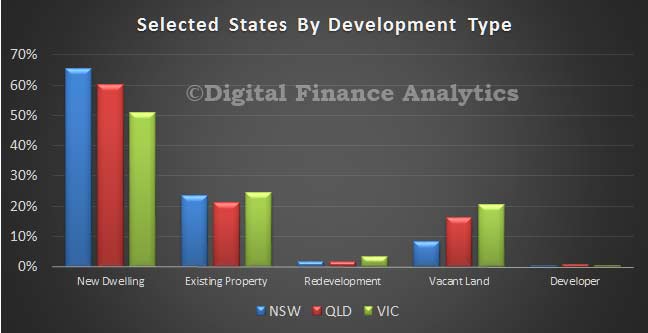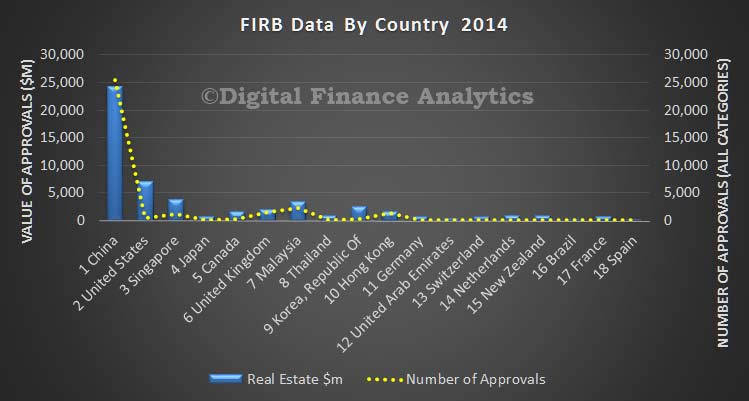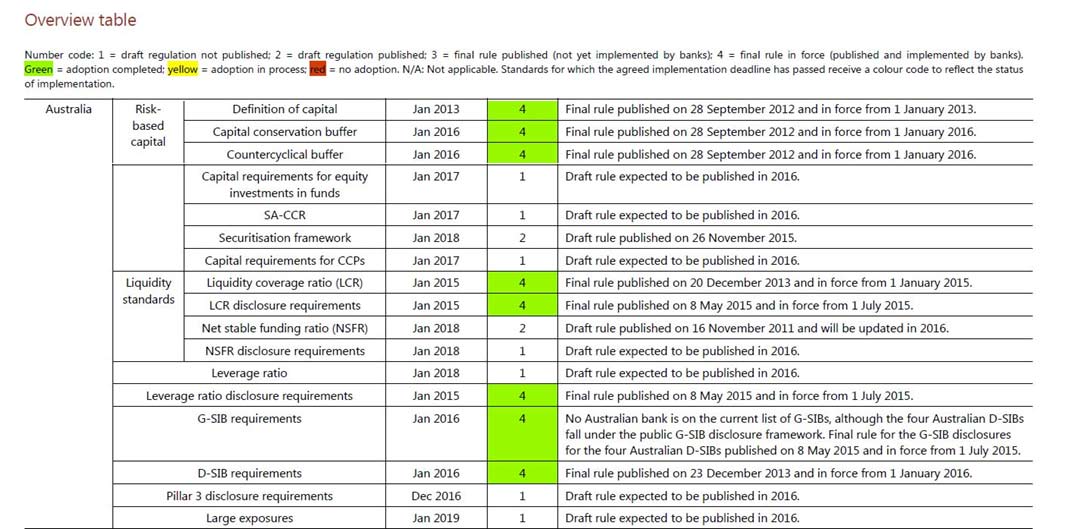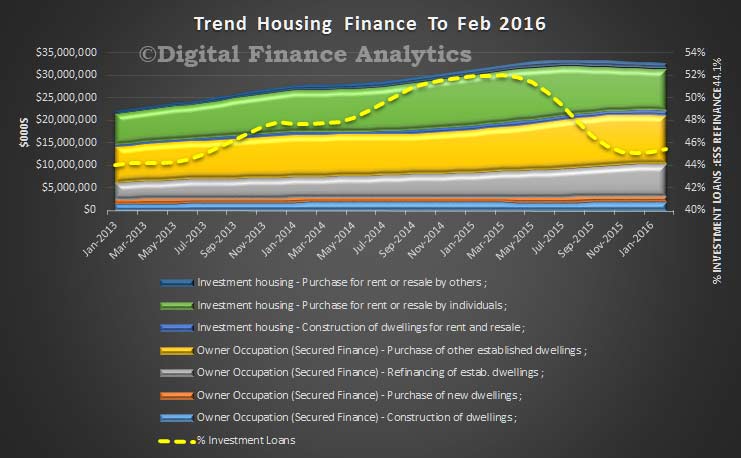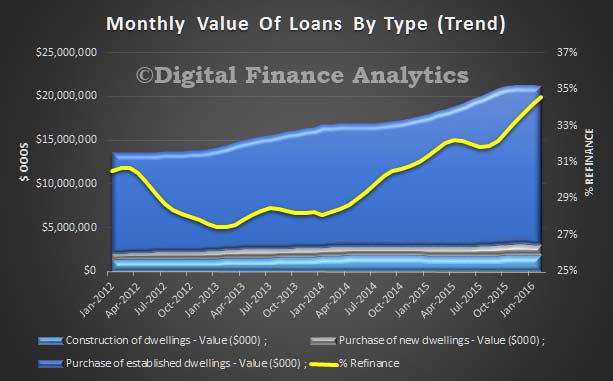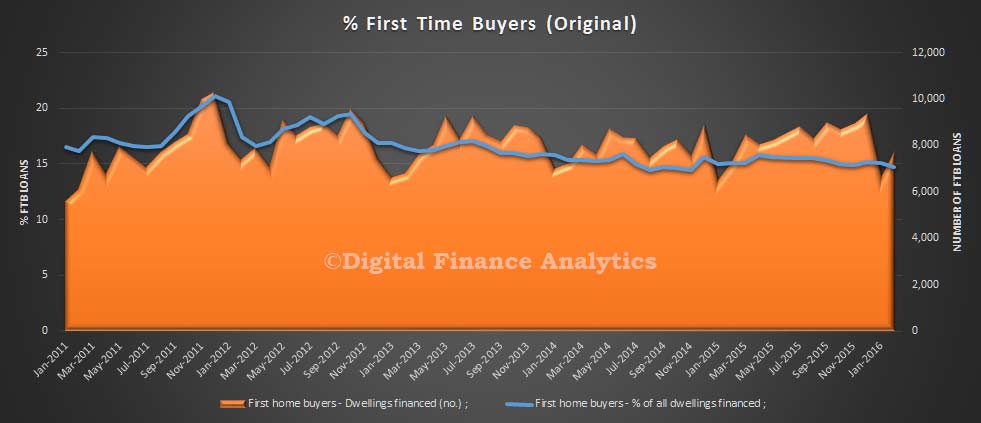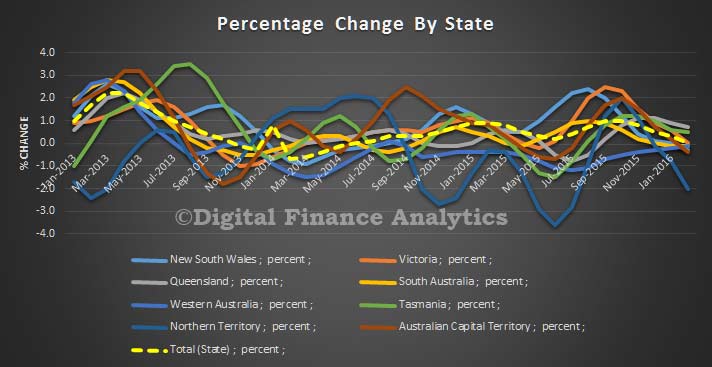Negative gearing and capital gains tax are a looming battleground in the federal election. The debate was heightened last month by the release of modelling by consultants BIS Shrapnel purporting to show that reforms would lead to rent increases of between 4% and 10%. If correct, this would scare any political party.
An article in The Australian on Tuesday revealed that the ALP had seen this modelling before it released its policy to wind back the tax breaks on negative gearing and capital gains,
The ALP should be applauded for proceeding nevertheless. The report was clearly going to be inconvenient. But it was also not worth the paper on which it was printed.
The report implied that a $2 billion increase in tax would reduce economic activity by $19 billion a year. The report’s model also suggested that every additional house or apartment would increase the size of the Australian economy by $2.6 million.
None of this is remotely plausible, and consequently, it is difficult to believe anything else that the modelling or the report has to say.
Nonetheless, this report is still being discussed a month later – so it clearly needs some more critical analysis.
Tax changes will clearly reduce the after tax benefits for property investors. The key question is whether the market responds by reducing the price of housing, or by increasing rents, or by absorbing a reduction in returns.
Most likely, the price of housing will fall somewhat, investor returns will reduce a little, and rents will barely move. This is why.
Changes to negative gearing and capital gains tax will increase taxes for investors and lower their returns. Normally this would lead to lower asset prices.
But the outlook for home-buyers is different. The benefits for a home-buyer (of living in the home) won’t change. The price of the home will be a little lower due to the changes in negative gearing and capital gains tax. Therefore the return on assets (the benefits divided by the price) will be a little higher for home-buyers.
Combining the effects of the changes for investors and home-owners leads to an average after tax return on housing that is about the same as today. There will be more home-owners and correspondingly fewer investors – but higher rates of home ownership are the political goal.
The outcome might be different if the supply of new housing dried up. If there were fewer incentives to develop new homes, then eventually rents would increase.
However, our best guess is that tax changes will have little effect on housing construction. The supply of new housing is mainly restricted by planning rules rather than a lack of returns. In any case, reforms to negative gearing are likely to reduce the price of developable land, but they won’t change the returns on development.
BIS Shrapnel assume otherwise. They believe that changes to negative gearing rules will reduce the price and therefore the profitability of property developments, but not the price of developable land. And so they assert that tax changes will lead to less residential development, and therefore higher rents in the long run. Their report assumed that the price of developable land wouldn’t change based on three claims.
First claim: if the price of developable housing land fell, sites would instead be used for commercial purposes. But as a firm that advises clients on property development, BIS Shrapnel should know that in most localities land provides a much higher return per square metre when turned into residences than when used for commercial purposes. Indeed, there are concerns that too much of the Melbourne and Sydney CBDs is being converted to residential rather than commercial uses. There isn’t much evidence of enormous pent-up demand for commercial development.
Second claim: landholders will be reluctant to sell at lower prices. This is simply wishful thinking. Prices don’t rise just because sellers would like them to do so.
Third claim: it will be more expensive to aggregate sites for development. But lower prices as a result of negative gearing reform will affect all residential properties, irrespective of whether they have already been developed, or have potential to be aggregated further.
Instead of assuming that tax changes will only affect the price of development, it is much more plausible that changes in after tax returns to investors will primarily lead to lower land prices. This won’t hurt the profitability of development, the supply of rental property will continue, and the impacts on rents will be minimal.
Even if tax changes did affect the profitability of development, it’s all small beer. Quick sanity checks (the kind of things that property developers do to ensure that their modellers don’t lose them a fortune) show that the effect of negative gearing changes on property prices will be less than 2 per cent across the Australian market.
One way to think about it is that negative gearing and capital gains tax provide investors in real estate with a tax benefit of about $3 billion a year; that annual benefit converts to an asset value of about $55 billion; and all Australian residential property is worth a little over $5 trillion. If negative gearing were abolished entirely the lost value would be $55 billion, just over 1 per cent of $5 trillion of property value.
Another way to crunch the numbers shows that negative gearing and capital gains tax changes would reduce the after tax returns on real estate investment assets by about 7 per cent. But this wouldn’t affect all housing assets – only 30 per cent are investment properties, and the rest are owner occupied. So across the market, return on assets – and therefore asset values –would fall by about 2 per cent. Or in the unlikely event that investors succeed in passing on tax costs, rents would rise by at most 2 per cent.
BIS Shrapnel presented the ALP with a claim that tax changes would increase rents by 4 to 10 per cent. But that claim was several times larger than fundamentals would suggest. It used a model that was not publicly available. It was allied with a series of manifestly ridiculous economic results. And it all rested on an unjustifiable assumption that tax changes won’t affect land prices.
The ALP was right to ignore such flawed analysis. It is a relief to discover that – sometimes – a political party’s policy cannot be bought off just by commissioning a flawed report with scary numbers.
Chief Executive Officer , Grattan Institute

